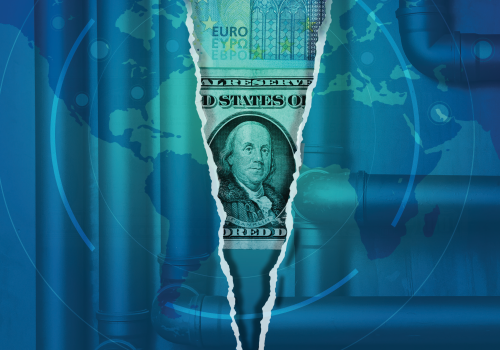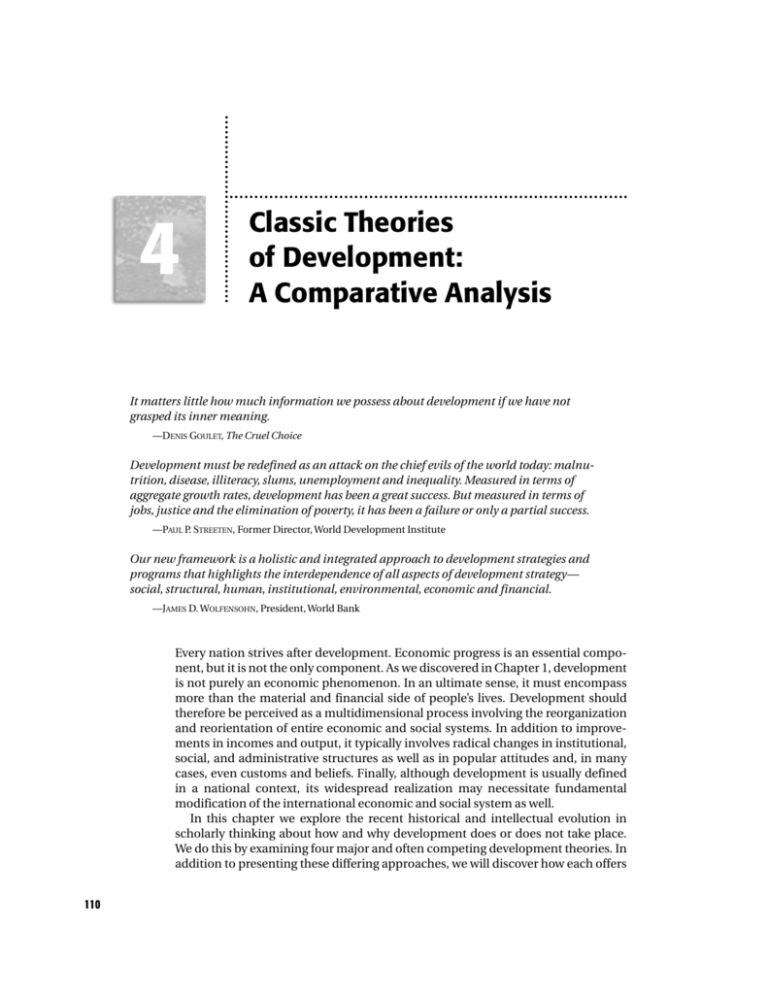
The Future of Global Currencies: Dominance and Diversification Explained
Ever wondered how money works across different countries? It’s not just about changing your dollars for euros when you travel. On a much larger scale, some currencies are used more often for international trade and finance than others. These are called "global currencies." For decades, one currency has reigned supreme, but the world is changing, and so is the landscape of global money.
This article will explore the fascinating future of global currencies, looking at both the long-standing dominance of certain monies and the growing trend towards diversification. We’ll break down complex ideas into easy-to-understand concepts, perfect for beginners!
Understanding Global Currencies: More Than Just Pocket Money
Before we dive into the future, let’s understand what a "global currency" really means. It’s not just any money you can use in a country. A true global currency is:
- Widely Accepted: Businesses and governments around the world are happy to use it for buying and selling goods, services, and investments.
- A "Safe Haven": In times of economic uncertainty, people and countries often flock to it because they trust its value will remain stable.
- Used for Reserves: Central banks (the main banks of a country) often hold large amounts of it as "reserves" – like a savings account for their nation.
- Highly Liquid: You can easily buy or sell large amounts of it without significantly changing its price. Think of it like water flowing freely.
The Reigning King: The US Dollar’s Enduring Dominance
For many decades, the US Dollar (USD) has been the undisputed king of global currencies. It’s the most used currency for international trade, for loans between countries, and for global financial transactions.
Why is the US Dollar So Dominant?
- Historical Reasons: After World War II, the US emerged as the strongest economy, and its currency became the foundation of the global financial system.
- Size of the US Economy: The United States has the world’s largest economy, which means there’s a huge demand for goods and services from the US, and thus, for its currency.
- Stability and Trust: The US has a relatively stable political system and strong legal frameworks, which builds trust in its currency.
- "Petrodollar" System: Historically, oil – a vital global commodity – has been priced and traded in US Dollars. This created constant demand for the USD.
- Deep and Liquid Markets: The US financial markets are vast and easy to access, making it simple for anyone to buy or sell dollars.
Benefits of Dollar Dominance:
- Lower Borrowing Costs for the US: The US government and companies can borrow money more cheaply because there’s always a high demand for dollars.
- Influence on Global Finance: The US has a significant say in how global financial rules are set.
- "Exorbitant Privilege": The US can run larger budget deficits (spend more than it earns) because other countries are always willing to hold its currency.
The Rise of Challengers: Diversification on the Horizon
While the US Dollar remains dominant, its share of global transactions and reserves has seen some shifts. Several factors, including geopolitical changes, economic growth in other regions, and technological advancements, are paving the way for a more diversified currency landscape.
A. Established Challengers: The Euro, Yen, and Pound
These currencies represent strong, developed economies and have long been important players on the global stage:
- The Euro (EUR):
- Why it’s strong: Represents 19 countries in the Eurozone, forming a large economic bloc. It’s the second most widely held reserve currency and frequently used in international trade.
- Challenges: The Eurozone faces challenges in coordinating economic policies across different member states, which can sometimes lead to instability.
- The Japanese Yen (JPY):
- Why it’s strong: Japan has a large, technologically advanced economy and a reputation for stability. The Yen is often considered a "safe haven" currency during times of global uncertainty.
- The British Pound Sterling (GBP):
- Why it’s strong: The UK has a major financial center (London) and a long history as a global trading nation. Despite Brexit, it remains an important currency for trade and finance.
B. The Ascending Dragon: The Chinese Yuan (RMB)
China’s rapid economic growth has made its currency, the Chinese Yuan (RMB) or Renminbi, an increasingly important player.
- China’s Economic Power: China is now the world’s second-largest economy and a massive trading nation.
- Internationalization Efforts: China is actively promoting the use of the Yuan for international trade and investment through initiatives like the "Belt and Road Initiative" (BRI).
- Inclusion in SDRs: The International Monetary Fund (IMF) included the Yuan in its Special Drawing Rights (SDR) basket in 2016, a symbolic step recognizing its growing importance.
- Challenges: The Chinese government still maintains significant control over its currency’s value and capital flows, which limits its appeal as a fully free-floating global currency. Trust and transparency are also ongoing concerns for international investors.
C. The Basket Approach: Special Drawing Rights (SDRs)
Think of SDRs not as a currency you can hold in your wallet, but as an international reserve asset created by the International Monetary Fund (IMF).
- What they are: SDRs are a weighted "basket" of major currencies: the US Dollar, Euro, Chinese Yuan, Japanese Yen, and British Pound.
- Purpose: They can be used by countries to settle accounts with the IMF or each other, acting as a potential alternative to holding large amounts of a single currency.
- Future Potential: While not a currency for everyday use, SDRs could play a larger role in a future where no single currency dominates, offering a more diversified global reserve asset.
Game Changers: Digital Currencies and Blockchain
Beyond traditional national currencies, new digital forms of money are emerging, powered by technology like blockchain. These could fundamentally change how we think about global money.
A. Cryptocurrencies (Like Bitcoin and Ethereum)
- What they are: Digital assets designed to work as a medium of exchange using cryptography to secure transactions and control the creation of new units. They are often "decentralized," meaning no single authority (like a central bank) controls them.
- Potential Impact: Offer faster, cheaper international transfers and can bypass traditional banking systems. They are popular with some who value privacy and freedom from government control.
- Challenges: Highly volatile (their value can swing wildly), lack of regulation, scalability issues (can they handle huge numbers of transactions?), and environmental concerns (for some). While interesting, they are unlikely to become primary global currencies in the short term due to these challenges.
B. Stablecoins
- What they are: A type of cryptocurrency designed to minimize price volatility by being pegged to a "stable" asset, like the US Dollar (e.g., USDT, USDC) or gold.
- Potential Impact: Offer the speed and efficiency of crypto with the stability of traditional currencies, making them potentially useful for international payments and remittances.
- Challenges: Still face regulatory uncertainty and concerns about the assets that back them up.
C. Central Bank Digital Currencies (CBDCs)
This is perhaps the most significant digital development for the future of global currencies.
- What they are: A digital form of a country’s official currency, issued and backed by its central bank. Think of it as a digital version of the cash in your wallet, but controlled by the government.
- Why they’re being explored:
- Efficiency: Faster and cheaper payments, especially across borders.
- Financial Inclusion: Could bring banking services to people who don’t have traditional bank accounts.
- Control and Policy: Give central banks new tools to manage the economy.
- Competition with Crypto: A way for governments to offer the benefits of digital money without the risks of private cryptocurrencies.
- Potential Global Impact:
- Direct International Payments: Imagine sending digital euros to digital yuan instantly without intermediaries.
- New Reserve Assets: Countries might start holding each other’s CBDCs as reserves.
- Reduced Dollar Dominance? If many major economies launch successful CBDCs, it could offer alternatives to using the USD for international trade.
- Challenges: Privacy concerns (governments could track every transaction), cybersecurity risks, and potential for financial instability if people rapidly move money from traditional banks to CBDCs. China is a leader in this area with its "e-CNY."
Driving Forces Behind Currency Shifts
Several powerful trends are shaping the future of global currencies:
- Economic Power Shifts: The continuous rise of economies in Asia, particularly China, means that more of the world’s economic activity is happening outside the traditional Western blocs.
- Geopolitics and Sanctions: The use of economic sanctions by dominant countries (like the US) has pushed some nations to seek alternatives to the dollar to reduce their vulnerability. This is often called "de-dollarization" efforts.
- Technological Innovation: Blockchain, artificial intelligence, and other digital advancements are creating new possibilities for how money is created, transferred, and stored.
- Demand for Efficiency and Stability: Businesses and individuals are always looking for faster, cheaper, and more reliable ways to move money across borders.
What Does the Future Hold? A Multi-Polar Currency World?
It’s highly unlikely that one currency will completely replace the US Dollar anytime soon. The dollar’s dominance is deeply entrenched in the global financial system. However, the trend towards diversification is undeniable.
Here are some likely scenarios for the future:
- A Multi-Polar Currency World: Instead of one king, we might see several strong, important currencies – the US Dollar, Euro, and Chinese Yuan – sharing the global stage. Each might be dominant in different regions or for different types of transactions.
- Increased Role of Digital Currencies: CBDCs, in particular, are poised to play a significant role in international payments, making cross-border transactions faster and potentially cheaper.
- More Competition and Innovation: The push for alternatives will spur more innovation in payment systems and financial technologies.
- Regional Blocs: We might see stronger currency blocs emerge, with countries within certain regions relying more heavily on a dominant regional currency.
- Challenges and Volatility: The transition won’t be smooth. Geopolitical tensions, economic imbalances, and the inherent risks of new technologies could lead to periods of instability.
For individuals and businesses, this means:
- More Choice: Potentially more options for how to send and receive international payments.
- Complexity: Understanding which currency to use and how to manage foreign exchange risk might become even more important.
- Opportunities: New financial products and services will emerge to navigate this evolving landscape.
Conclusion: A Complex and Evolving Landscape
The future of global currencies is a dynamic and exciting space. While the US Dollar’s dominance is likely to persist for the foreseeable future, it will face increasing competition from established challengers, the rising Chinese Yuan, and revolutionary digital currencies like CBDCs.
The journey ahead points towards a more diversified, digitally-driven, and potentially multi-polar currency system. Understanding these shifts is crucial for anyone interested in global economics, finance, or simply how the money in your pocket connects to the wider world. It’s a testament to how technology, politics, and economics are constantly reshaping the very nature of money.
Frequently Asked Questions (FAQs)
1. What is a "reserve currency"?
A reserve currency is a foreign currency held in large quantities by central banks and monetary authorities as part of their foreign exchange reserves. It’s like a country’s emergency savings account, and they choose currencies that are stable and widely accepted. The US Dollar is the most common reserve currency.
2. Will the US Dollar lose its dominance completely?
It’s highly unlikely to lose its dominance completely in the short to medium term. Its deep financial markets, trusted legal system, and historical role give it significant inertia. However, its share of global transactions and reserves may gradually decrease as other currencies and digital alternatives gain ground.
3. What is "de-dollarization"?
De-dollarization refers to the process of countries reducing their reliance on the US Dollar for international trade, investment, and as a reserve currency. This often happens due to geopolitical tensions, economic sanctions, or a desire for more financial independence.
4. Are cryptocurrencies like Bitcoin the future of global currencies?
While cryptocurrencies offer innovative features like speed and decentralization, their high volatility, regulatory uncertainty, and scalability issues currently prevent them from being widely adopted as stable global currencies. They are more likely to remain an alternative asset class or a niche payment method.
5. What is the difference between a cryptocurrency and a CBDC?
Cryptocurrencies (like Bitcoin) are typically decentralized and not controlled by any government or central bank. CBDCs, on the other hand, are digital versions of a country’s official currency, issued and backed by its central bank, making them a direct extension of government-controlled money.




Post Comment